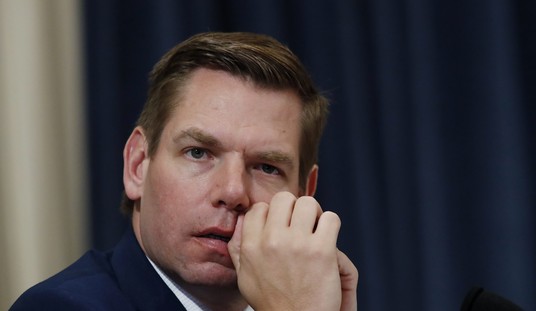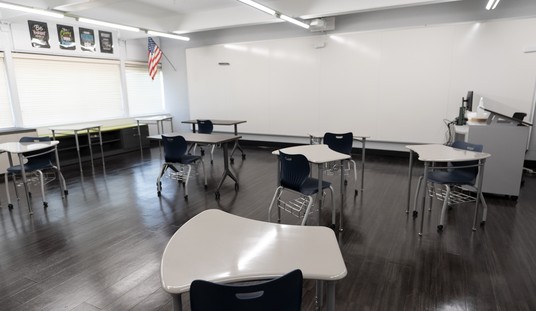In late June, the Supreme Court gave the green light for the federal government to proceed with broad workforce reductions, overturning a block imposed by lower courts. Senator Marco Rubio, working with senior officials at the State Department, began the process of downsizing and quickly ran into some of the most absurd inefficiencies the agency had to offer.
During a briefing on Monday, officials told reporters that they couldn't even get a total headcount of State Department employees. "They couldn't tell you how many people worked here. It’s sort of scary as a taxpayer and as a public servant to think that we don't even know how many employees we have. This is a national security agency, you know. Who are these people?" an official said (via Fox News).
The ongoing reorganization of the department will result in a reduction of about 3,000 employees. Around half of them took a voluntary buyout, the other half received reduction-in-force notices. Former employees were seen this week leaving the State Department with boxes of their belongings, many of whom were in tears.
1300 state department employees fired as the Trump administration empties the bloated government.
— Tommy Robinson 🇬🇧 (@TRobinsonNewEra) July 12, 2025
This is the way.
Less government always. pic.twitter.com/gcG4WfKLJp
Secretary Rubio's advisors analyzed over 700 domestic offices, finding that many positions were duplicative and many others were inefficient. There were dozens of offices handling tasks for human resources, three different offices dealing with sanctions, and two handling arms control issues. They shut down a "diplomats in residence" program, which, according to an official, is simply a program where "State Department employees are getting paid to go hang out at Georgetown, and sort of recruit for the Foreign Service without any sort of metrics or accountability."
Recommended
They even found that some documents were going through 40-50 different layers of approval processes. The fix, just to streamline the process, was to cap it at 12 layers of approval.
An official told reporters:
Some of these regional offices within this sort of functional civil liberties, civil society, bureaus of democracy, human rights and labor, population, refugees and migration each had their own regional offices in addition to the country desk, regional bureau, construct. Every independent bureau and office had its own executive director, its own HR department, its own payments.We were making payments out of like 60 plus different offices.
The same official noted that "It’s crazy that a department that's tasked with so many critical diplomatic, national security functions, with a $50 billion-plus budget, is running its affairs that way."
Critics of the layoff have suggested that the State Department will lose its ability to maintain U.S. diplomacy abroad and counter soft flexing of Chinese power.
"A climate change office is not countering China," an official quipped.
A group of more than 130 former senior officials signed an open letter expressing concerns about the endangerment of U.S. foreign policy effectiveness. How useless positions and programs will endanger America's policy abroad is still an unanswered question.

























Join the conversation as a VIP Member